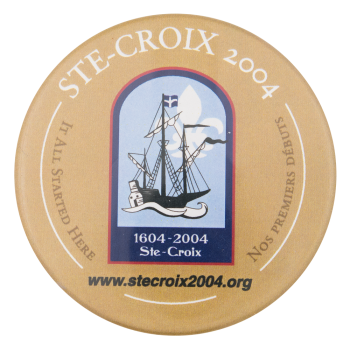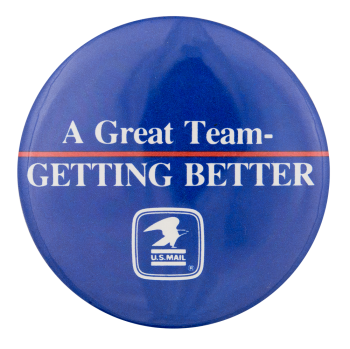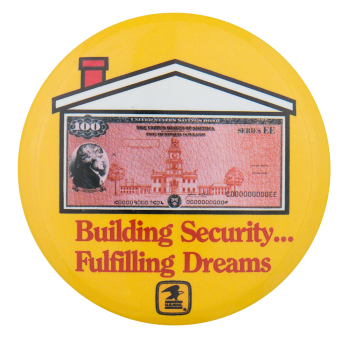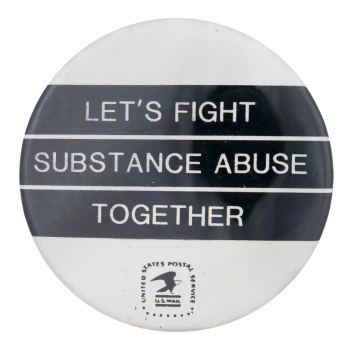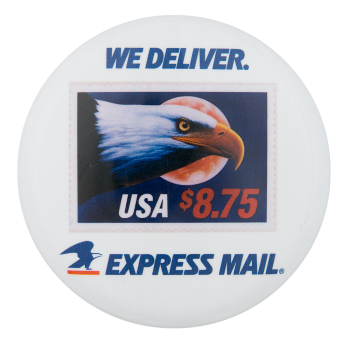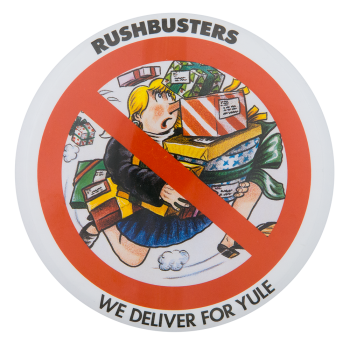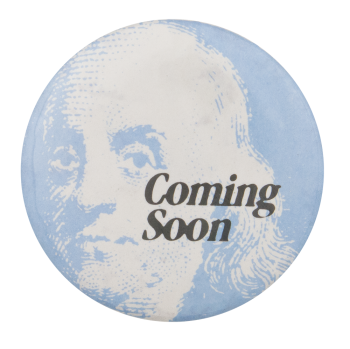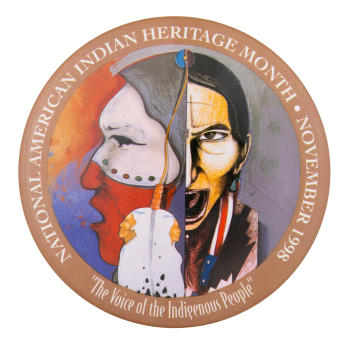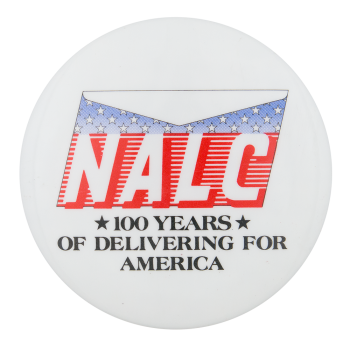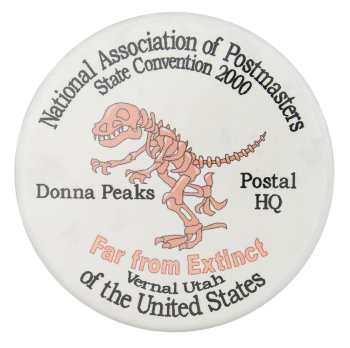Ste-Croix 2004
| Category | |
|---|---|
| Additional Images | |
| Sub Categories | |
| Text on Button | STE-CROIX 2004 IT ALL STARTED HERE NOS PREMIERS DEBUTS 1604-2004 Ste-Croix www.stecroix2004.org |
| Image Description | White and black text on a light brown background with an blue illustration of a ship on a light blue background |
| Back Paper / Back Info |
KEY INDUSTRIES 26 KIWANIS COURT SAINT JOHN, N.B. E2K 4L2 TELEPHONE 506-634-6888 |
| Back Style | |
| The Shape | |
| The Size | |
| Year / Decade Made | |
| The Manufacturer | |
| Additional Information | In 2004 Saint Croix Island, known in French as the Ile Sainte-Croix, celebrated the 400th anniversary since France's attempt at establishing a colony there in 1604. The now uninhabited island, which is part of the border between the United States and Canada, stands at the mouth of the Saint Croix River. In 1604 Pierre Dugua landed on the island as part of a series of French attempts at establishing a colony, though the colony was later moved to Port-Royal, which became the first permanent European colony in the area. In 1984 the island officially became called the Saint Croix Island International Historic Site. During the 400th anniversary in 2004, the United States and Canada came together to celebrate with buttons, tours of the island, and commemorative stamps and coins. Saint Croix Island, Maine. (n.d.). Retrieved September 20, 2015 from: https://en.wikipedia.org/wiki/Saint_Croix_Island,_Maine |
| Catalog ID | EV0162 |

